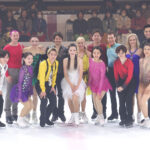
Notte Stellata 2024 – A story of hopes, dreams and stars
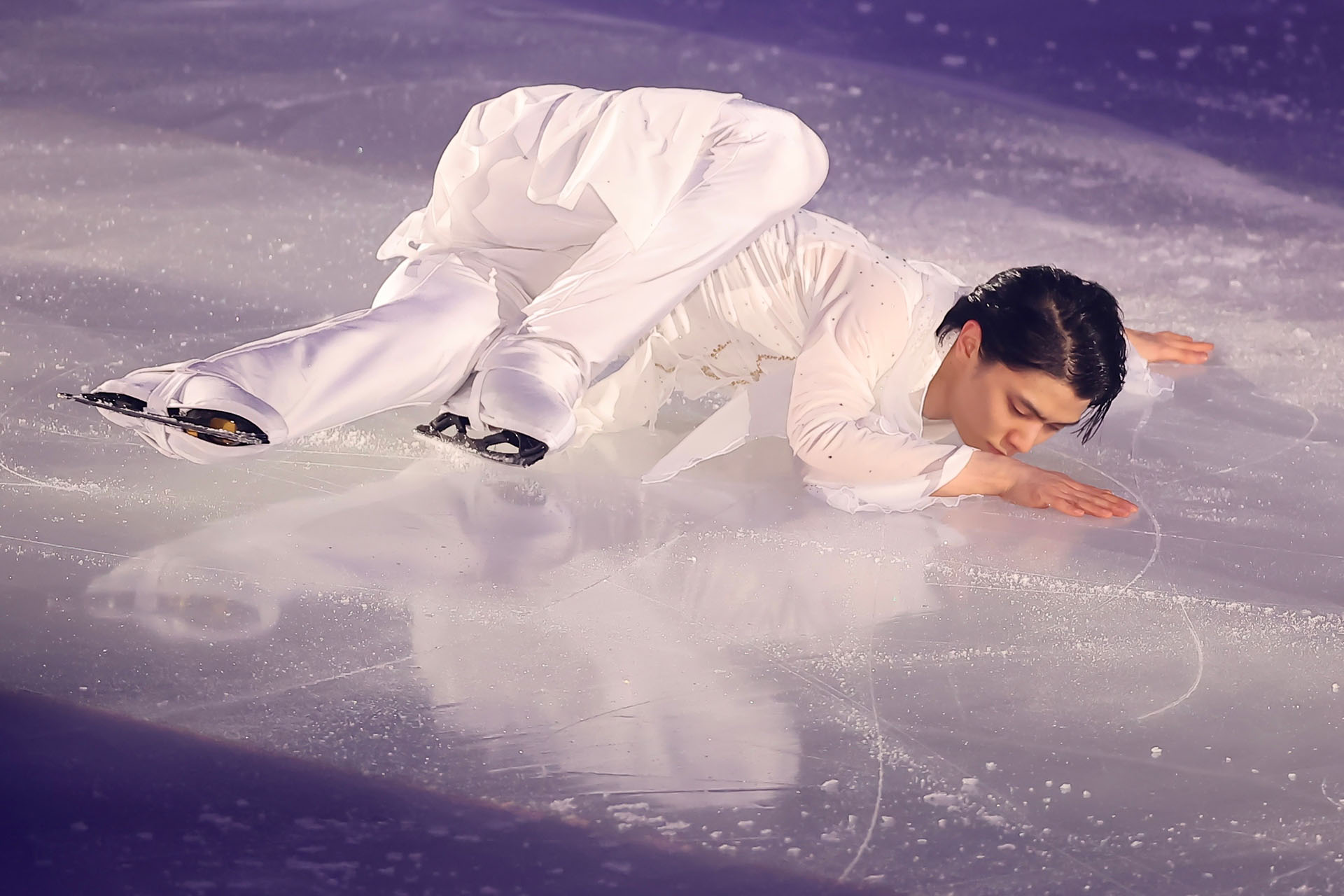
The show was opened by Japan's favorite skater Yuzuru Hanyu, who magically transformed the ice rink into a sea of stars by performing his eponymous program "Notte Stellata". Like a shooting star, he let himself be carried through the black firmament, drawing huge applause not only for his Twizzles but also for his Ina Bauer and the delayed Axel.
This was followed by an opening to "Twinkling Stars of Hope", during which all the skaters introduced themselves to the audience. Then the spotlight fell on Rika Hongo, former third-place winner at the Four Continents Championships from 2014-2016. With her performance to "True Colors", she displayed a whole spectrum of emotions, from passionate to romantic, perfectly matching the choreography to the song.
Former four-continent champion Takahito Mura dressed the stage in a completely new atmosphere and spirited the audience away into the musical world of West Side Story. Although not all of his jumps were flawless, his skating convincingly portrayed both the lovesick Tony singing "Maria" and the jazzy song "Cool" performed by the iconic Jets.
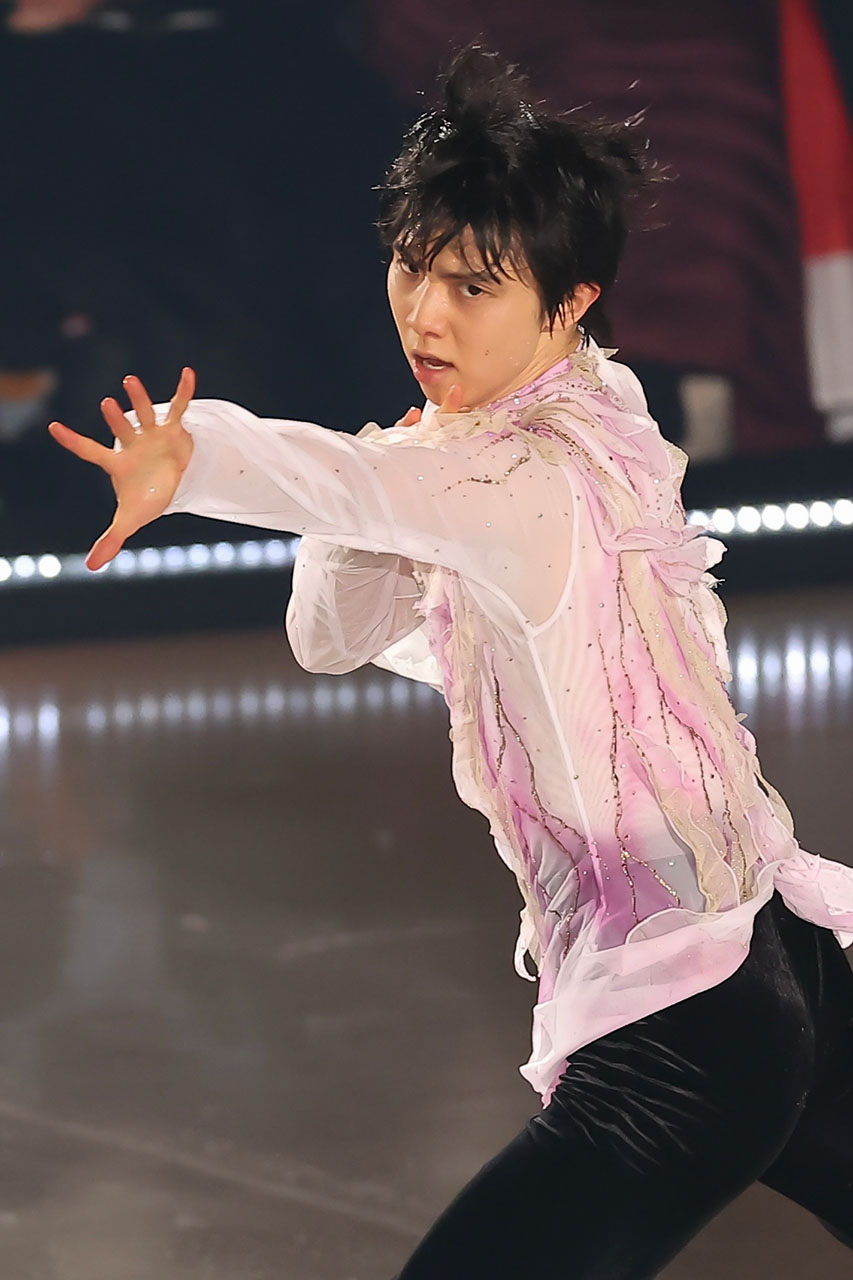
Immediately afterwards, Keiji Tanaka, two-time Japanese national silver medalist, opened up another new dimension by introducing a choreographically very interesting program to "Hope", in which he adapted his movements perfectly to the hip-hip melody. Both his skating technique and expression were more than impressive, leaving the audience breathless until the end. This was followed by various programs, including hula hoop artist Violetta Afanasieva’s"Last Dance", Jason Brown’s "Adios", Satoko Miyahara’s emotional program to "Viola" and Javier Fernandez’s "Putting on the ritz", in which he incorporated pantomime and comic elements.
Next, Afanasieva took her turn once again, however, this time with a rainbow-colored hoop, which was the only source of light in the darkened hall. Little by little, the music built up, with both the hall and the atmosphere becoming brighter with each additional element, bringing light into a seemingly darkened scenario.
With "You Raise Me Up", former Four Continent silver medalist Jason Brown conveyed the message that, along with your friends, you can make steady progress. As usual, the American knew how to enchant the audience with his beautifully shaped elements, earning particular applause for his spiral, his Ina Bauer, and the spin at the end.
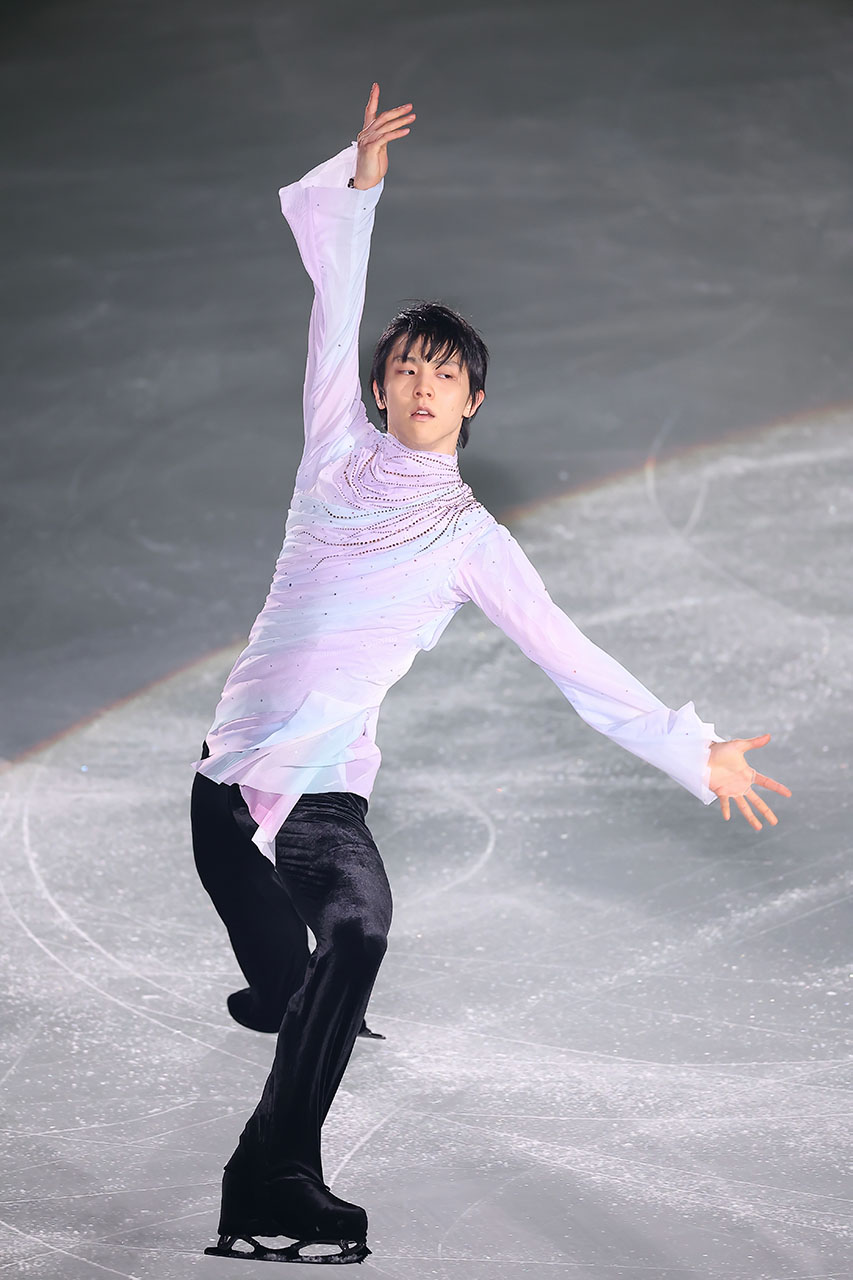
Likewise, former European champion Javier Fernandes showed a more emotional side than in the first half and presented a bittersweet performance to the Spanish song "Prometo", into which, according to the announcement, he incorporated his own experiences. With his choreographic elements, he managed to pack both hope and pain perfectly into the program.
This was followed by a group number by Tanaka and Mura to "Saturday Night Fever", then Akiko Suzuki took to the ice with her program to "Love Dance". As gentle as a snowflake, she trickled through the hall, enchanting the audience with a spiral and a spin. The former World bronze medalist adapted an Axel to the climax of the piece until she ended her program with a blaze of emotions.
The second half was rounded off with a solo performance by actress and singer Mao Daichi, in which she slipped into the role of a man and sang the musical hits "Luck be a lady" and "Anything goes". This was followed by the end of the show with Hanyu's new program set to a piano version of the Irish folk song "Danny Boy". White as a feather, Hanyu let himself be carried across the ice, performing the twizzles with wind-like ease. He executed all his jumps with bravura, earning a sea of applause with every single step. The 29-year-old explained that he wanted his program to represent "the hopes of the past, present and future". "(The hopes of the past) are the times when I was happy, times I would like to return to. It's about reaching out for these hopes. And again, there are scenarios of the future displayed where you reach out for hope and pray with your wishes in mind."
In the finale, the Japanese song "Kibo no uta" (Song of Hope) by Misia was played, with all the skaters gliding across the ice in different colored costumes like flower petals, before the event ended with thunderous applause and a standing ovation. A total of three shows were scheduled between March 8 and 10, with numerous visitors coming from all over Japan and many even from abroad. Given the huge success of this year's Notte Stellata, it is to be expected that another show will await figure skating enthusiasts in Miyagi next year - perhaps not in a hall covered with snow, but beneath rose-colored cherry blossoms.
(Written by Mitsuoka Maria-Laura, photographer: Kiyoshi Sakamoto)

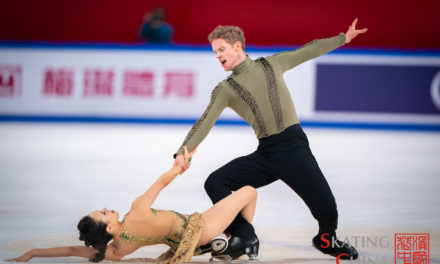
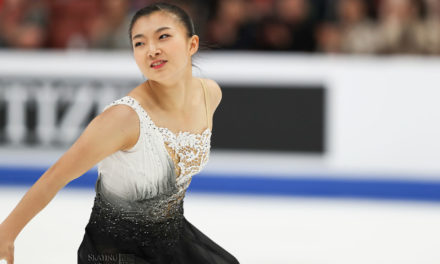
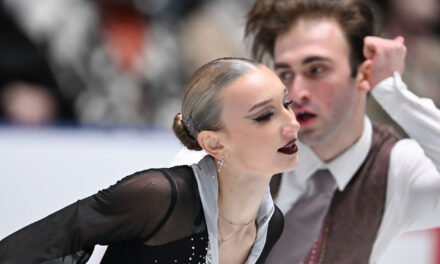
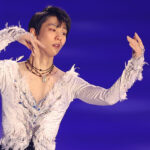
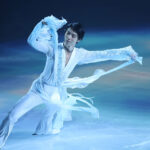
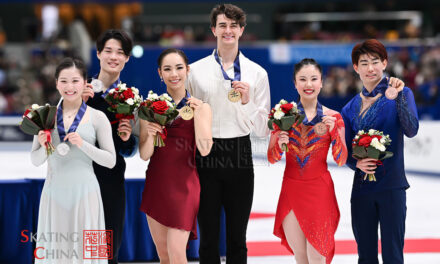
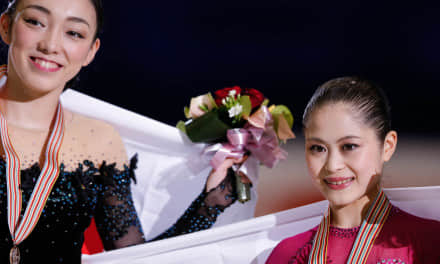

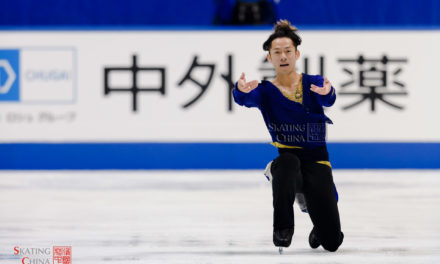
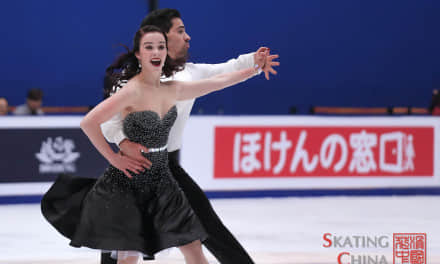
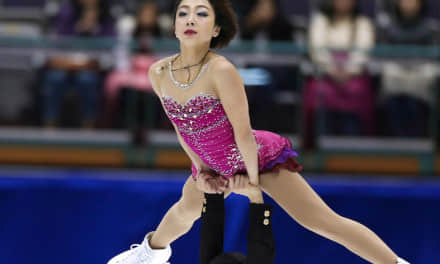
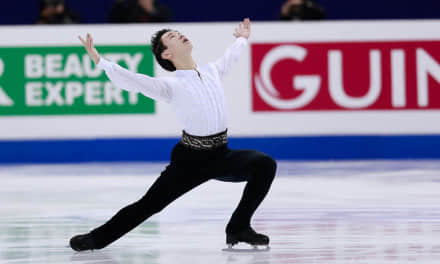
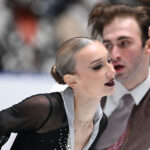
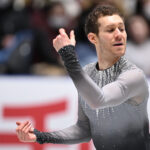
近期评论
——“花样滑冰是艺术与体育最好的结合”
——“花样滑冰是艺术与体育最好的结合”